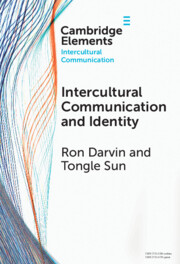Element contents
Intercultural Communication and Identity
Published online by Cambridge University Press: 17 January 2024
Summary
- Type
- Element
- Information
- Online ISBN: 9781009206754Publisher: Cambridge University PressPrint publication: 15 February 2024
References
- 6
- Cited by

